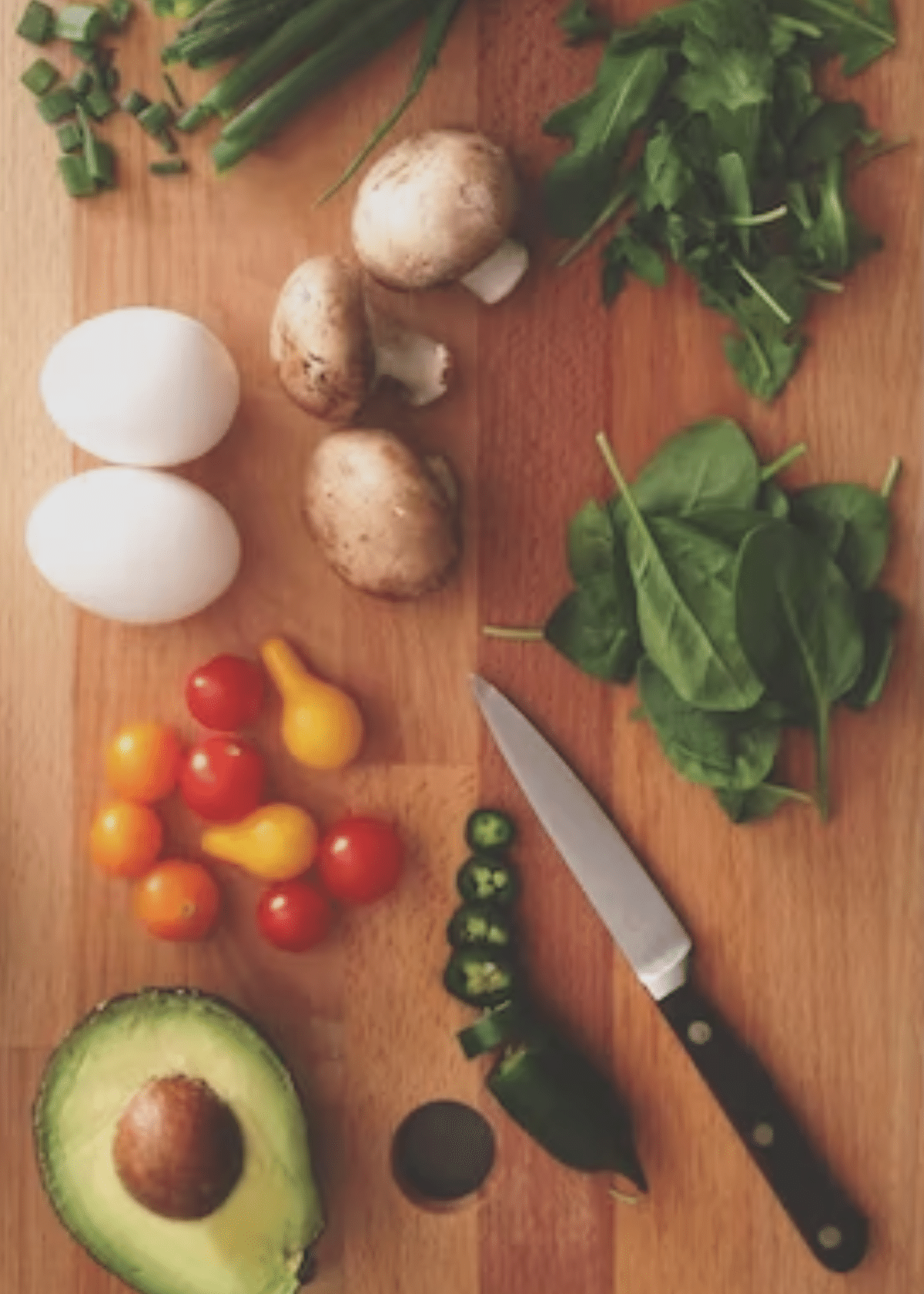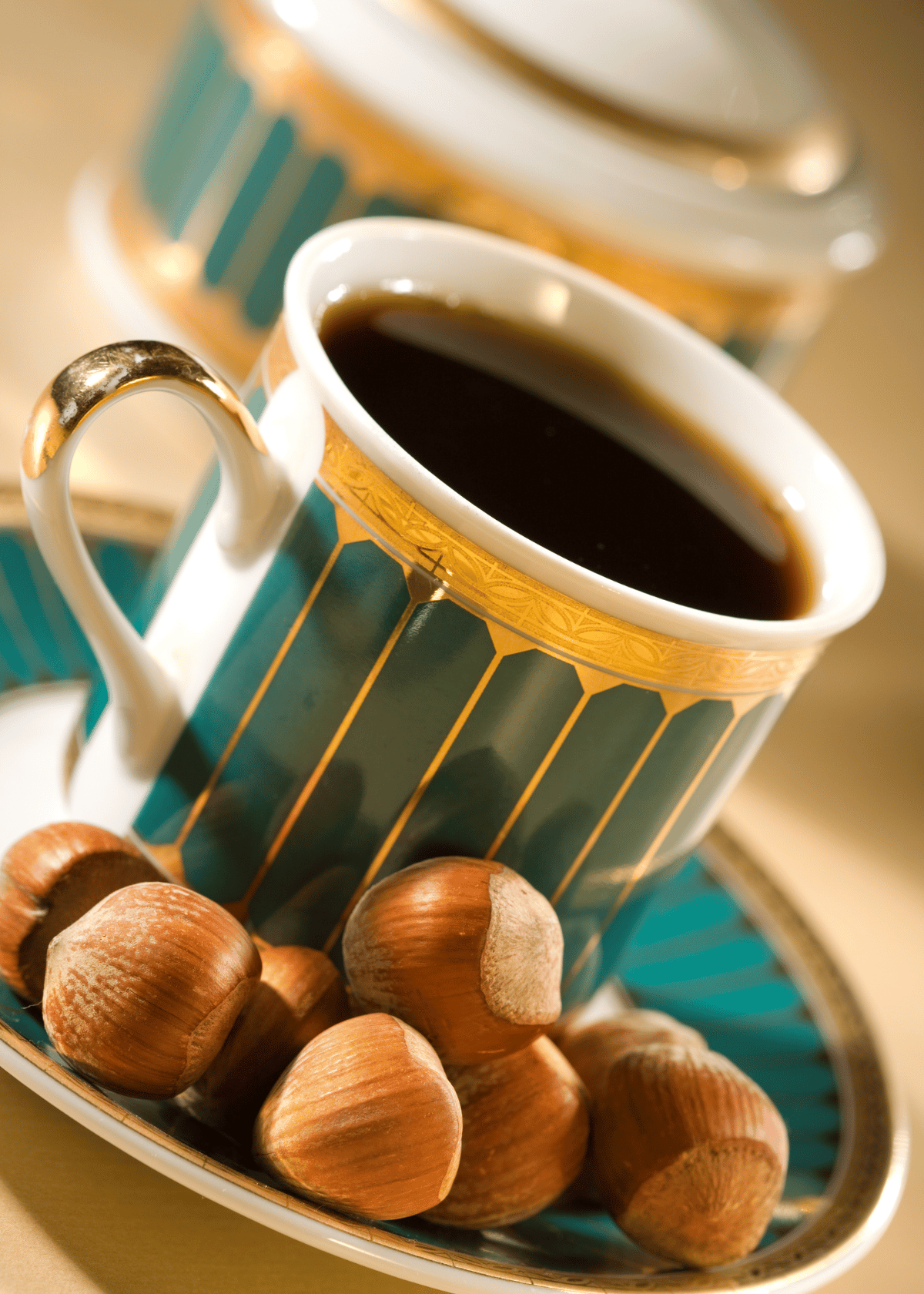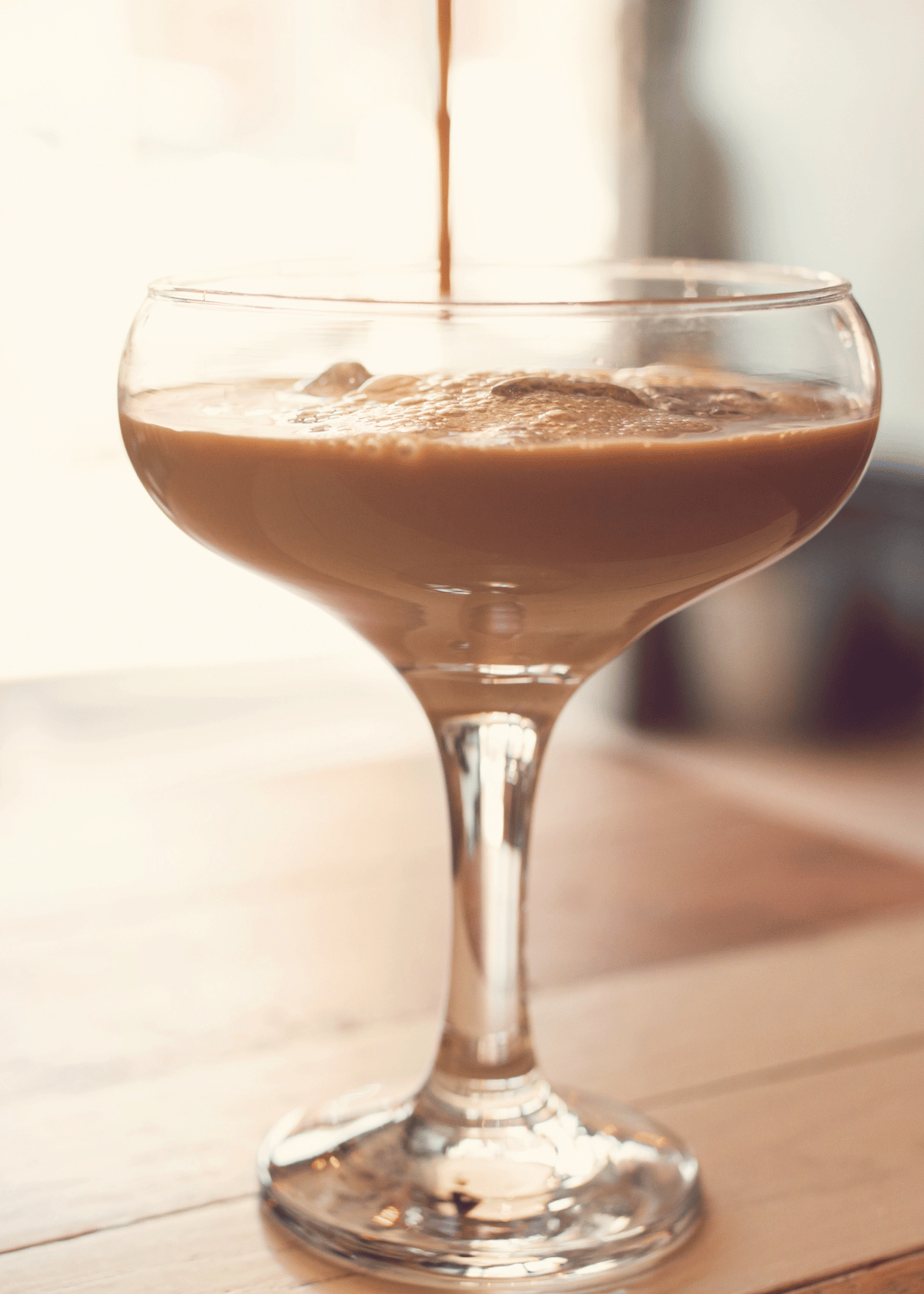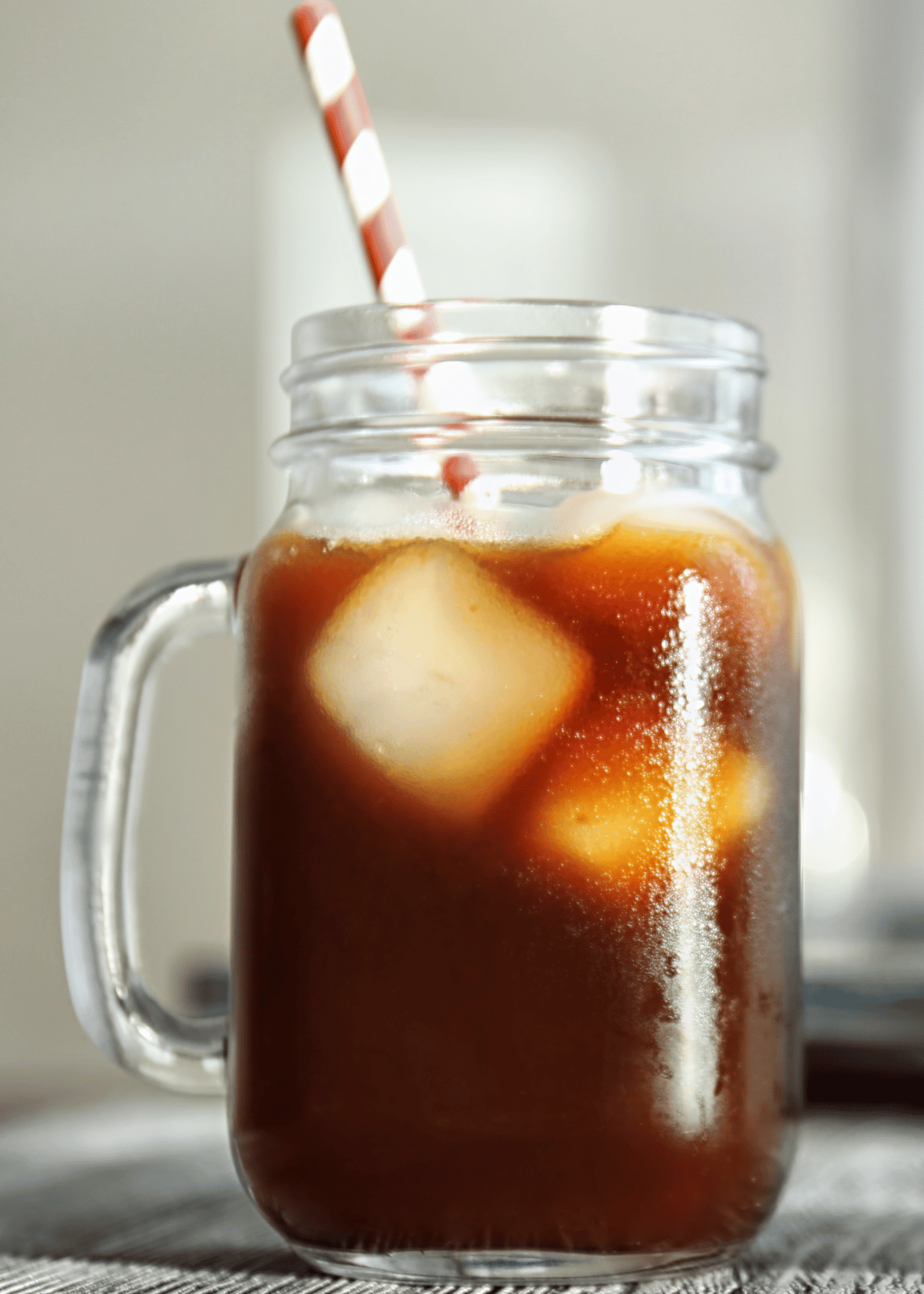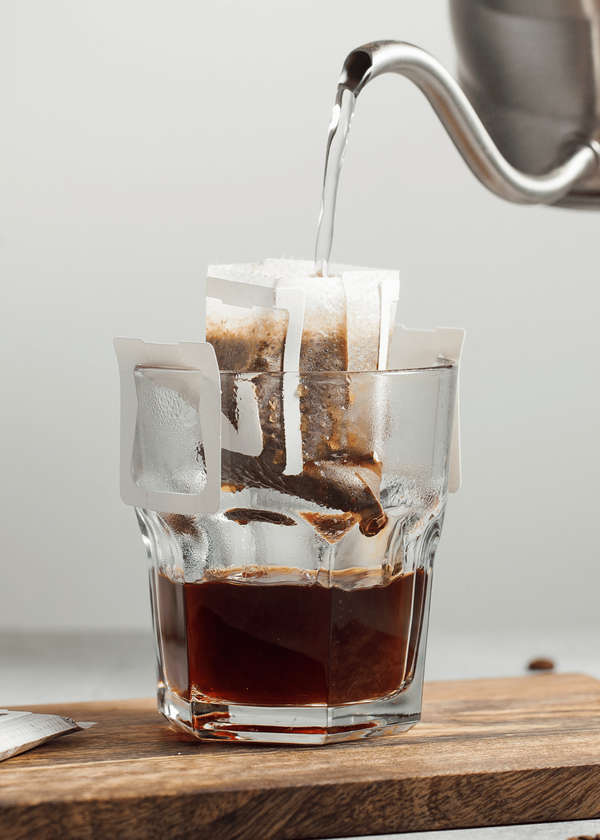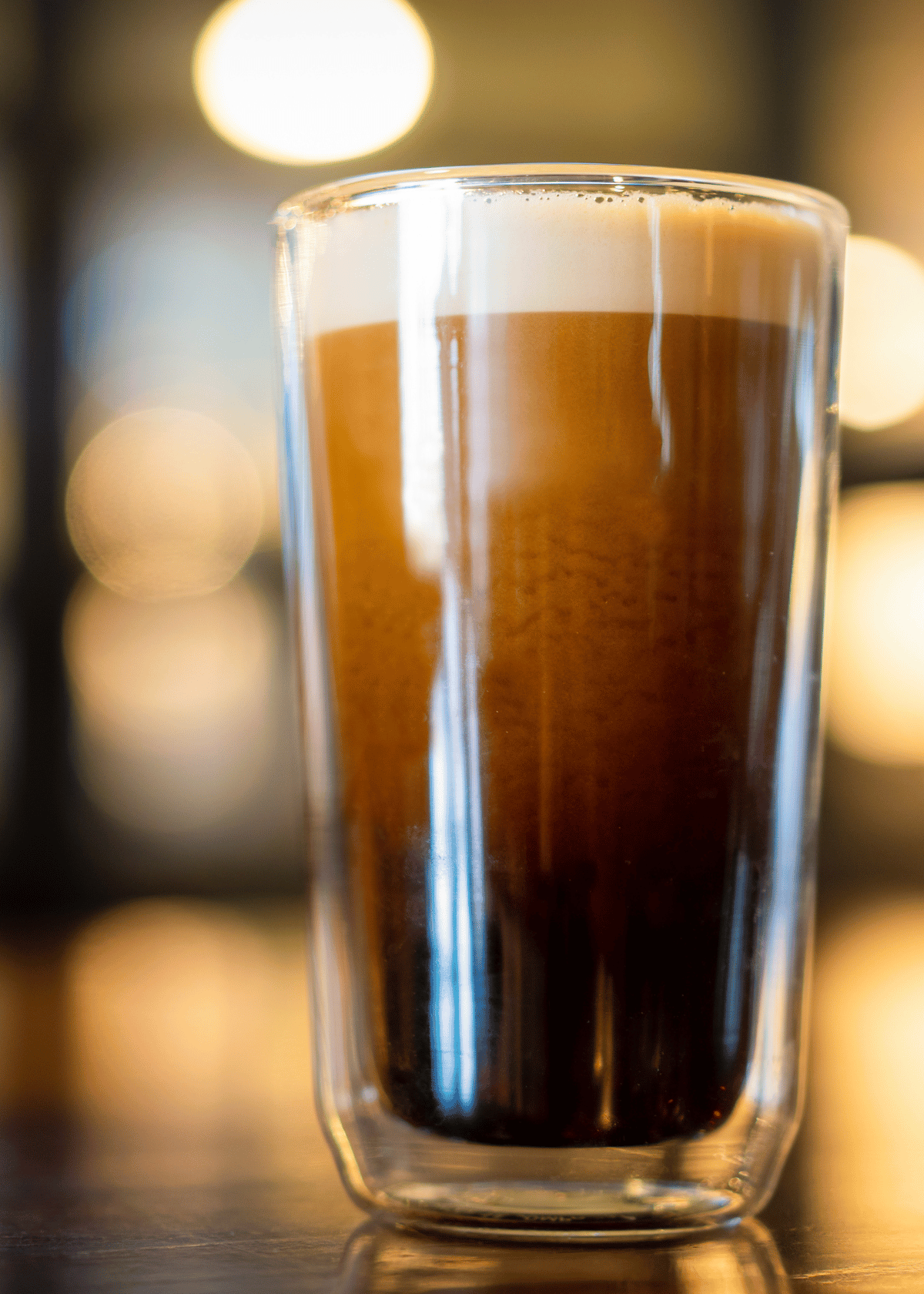If you're a home cook, chances are you use a cutting board on a daily basis. But did you know that not all cutting boards are created equal? In fact, the type of wood your cutting board is made from can make a big difference in terms of both function and durability. Here's a look at some of the most popular options on the market and how they stack up against each other.
Hardwoods vs. Softwoods
When it comes to cutting boards, there are two main categories of wood: hardwoods and softwoods. As you might imagine, hardwoods are harder and denser than softwoods, which makes them more durable and less prone to warping or cracking over time. However, they're also more expensive than softwoods and can be difficult to find in certain parts of the country. Some popular hardwood options include maple, cherry, and walnut.
Softwoods, on the other hand, are more affordable and easier to source than hardwoods. They're also lighter in weight, which can be a plus if you're looking for a cutting board that's easy to move around in your kitchen. However, they're not as durable as hardwoods and can be more susceptible to nicks and scratches. Common softwood varieties include pine and cedar.
Which is the better option for you? That really depends on your needs and budget. If you're looking for longevity and don't mind spending a little extra upfront, then hardwoods are probably the way to go. But if you want something more affordable or lightweight, then softwoods will probably suit you just fine.
End Grain vs. Edge Grain Cutting Boards
In addition to hardwoods versus softwoods, another important distinction to be aware of is between end grain and edge grain cutting boards. End grain boards are made by gluing together pieces of wood so that the end grains—the part of the lumber that was cut against the tree's growth rings—are facing up. This results in a surface that's very kind to knives but can be more difficult to care for than other types of cutting boards. Edge grain boards, on the other hand, are made by gluing together pieces of wood so that the long sides of the lumber are facing up. These boards are easier to care for than end grain boards but can be tough on knives over time.
Conclusion:
When it comes time to purchase a new cutting board, there are a lot of factors to consider—hardwood versus softwood, end grain versus edge grain, size, shape, price…the list goes on! But by taking some time to think about your needs ahead of time, you'll be sure to find the perfect cutting board for your kitchen. Bon appetit!
Want to know what is the best oil for cutting boards? Check out our guide here!

